Bringing the impossible into the classroom with mixed reality
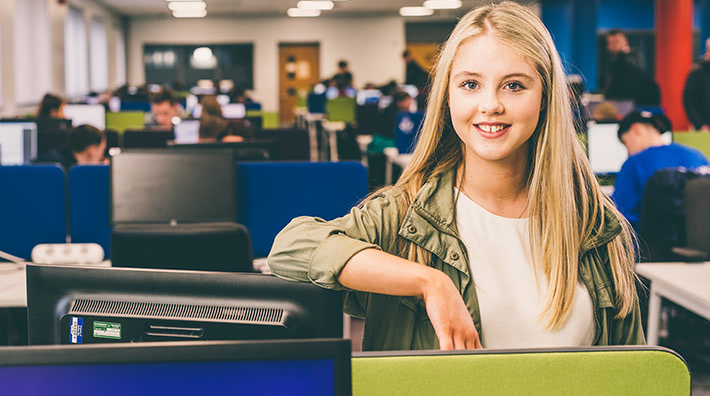
Being work ready involves more than simply achieving a qualification. Forward-looking providers are ensuring that their learners are equipped to meet employers’ needs – and using cutting edge technology to do it, affordably.
There’s a revolution brewing as providers turn to technology to make apprenticeship delivery more meaningful and inclusive, and to deliver the range of skills and capabilities that learners will need in their careers.
Until recently there were few alternatives to offer to learners who didn’t get on with a traditional chalk and talk approach. But now Grimsby Institute Group (GIG) is pioneering an approach to mixed reality for workforce training.
With funding from the Ufi Charitable Trust it is working with industry bodies and local employers in the seafood industry to develop a pilot project called Flavours of Reality (FoR), which uses mixed reality to replace classroom-based teaching and demonstrations for learners as they find out about food safety and hazard control.
Flavours of Reality uses Microsoft HoloLens technology, capturing film and audio from a real seafood processing line and overlaying it with 3D rendered holographic information to immerse learners in the manufacturing process from beginning to end. They can learn practical skills that call for manual dexterity and precision, and also experiment without having any impact on health and safety, quality assurance or productivity.
HoloLens technology is untethered so learners can use it anywhere, including at the employer’s premises. It’s engaging, and helping learners to develop hands-on and digital skills that local seafood processing employers need.
Deborah Millar, group director of digital learning technology at GIG, said:
“This technology provides 75% of the real experience, creating the confidence you need for skills acquisition.”
Meanwhile, at Solihull College and University Centre, which merged recently with Stratford-upon-Avon College, the college’s learning technology team asked teaching staff if they’d want to try virtual reality (VR) and augmented reality (AR) with their learners at levels two and three. Many teachers jumped at the chance and the learning technologists have sourced suitable technologies and trained teaching staff in their use.
According to Reza Mosavian, head of learning technologies at Solihull College and University Centre, “we see teachers here bringing the impossible into the classroom”, using the technologies in a variety of ways:
- On the BTEC public services programme, learners are enacting roles in virtual accident and emergency scenarios that were developed in partnership with West Midlands Fire and Ambulance Service
- Learners in the animal care department are monitoring the behaviour of animals in the dedicated care centre via 360° video cameras and using AR to help them remember facts when they’re working in the field
- Science students are using AR to reinforce their understanding of the periodic table
Despite the challenging financial times that learning providers operate within, deploying new technologies has been possible thanks to a rigorous approach to procurement.
Since the merger, Solihull College’s learning technology team has worked with colleagues in the network and IT departments to review infrastructure and make sure they’re getting the best use from products and services, as well as best value. Some have been replaced or removed as a result.
Wherever possible, they’ve looked first for technology that’s open source and compared it with commercial tools to judge what best meets the objectives of improving learning and teaching standards and developing digital skills. In this latest project, they’ve been able to pass over highly sophisticated (and costly) options in favour of affordable Google VR headsets and 360° video cameras from 360fly.
Breaking through
Our report, breaking through: stories of effective digital practice from UK further education (FE) and skills, explores innovation in the years since the influential FELTAG report.
It’s a resource for anyone in FE and skills with responsibility for transforming the student experience. You’ll find inspiration in a set of thought leader stories and case studies, celebrating innovative practice as providers focus on six key areas for improvement:
- Strategy and vision: strong leadership, a clear vision and a culture that encourages experimentation are the hallmarks of a digitally capable organisation. Senior managers offer their thoughts
- Engaging learners: learners engage better with their courses when digital activities are embedded in their learning and assessment. The case studies explore some new ideas
- Employability: increasingly sophisticated VR, simulation and gaming technologies are enabling providers to reinvent training for the workplace. You’ve read about two colleges’ experiences here – there are more to discover in the report
- Assessment and feedback: electronic management of course and student data is enabling faster, more effective feedback. It is also helping organisations to identify students who need extra help
- Building digital capability: the extent to which technology now pervades every aspect of everyday life means that more and more organisations are giving a high level of priority to building the digital capabilities of students and staff
- Supporting a flexible curriculum: digital technologies are supporting efforts to provide more inclusive learning experiences and to give learners freedom to learn any time, anywhere. It won’t be long until they’ll enable organisations to make smarter use of their estate and other facilities.
The report also signposts resources, guidance and services to help you put your good ideas into action.

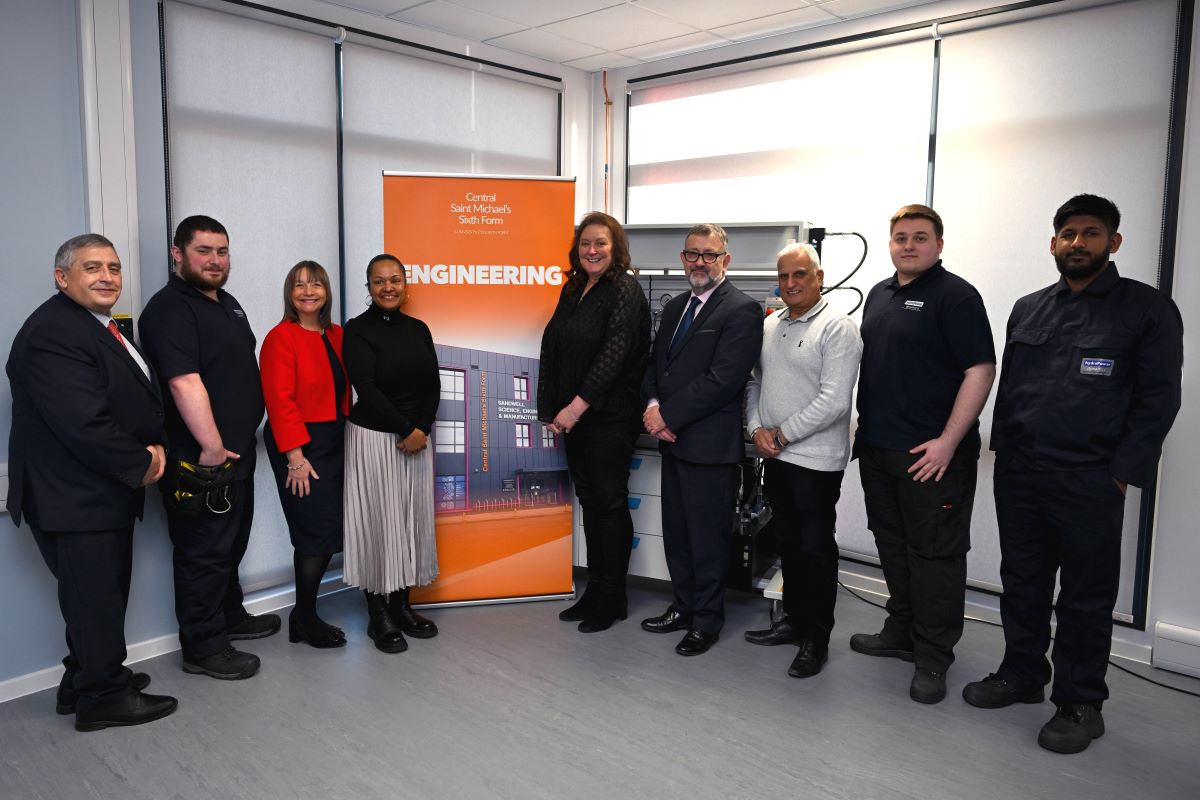
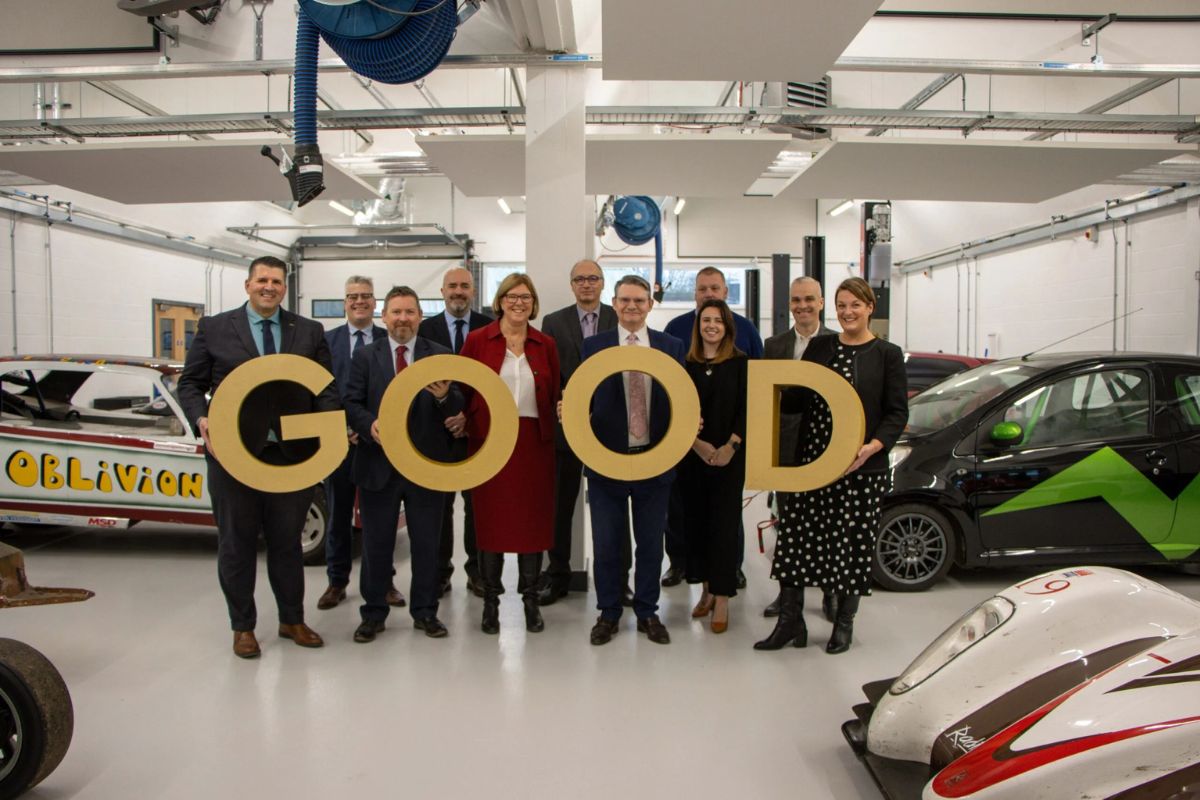


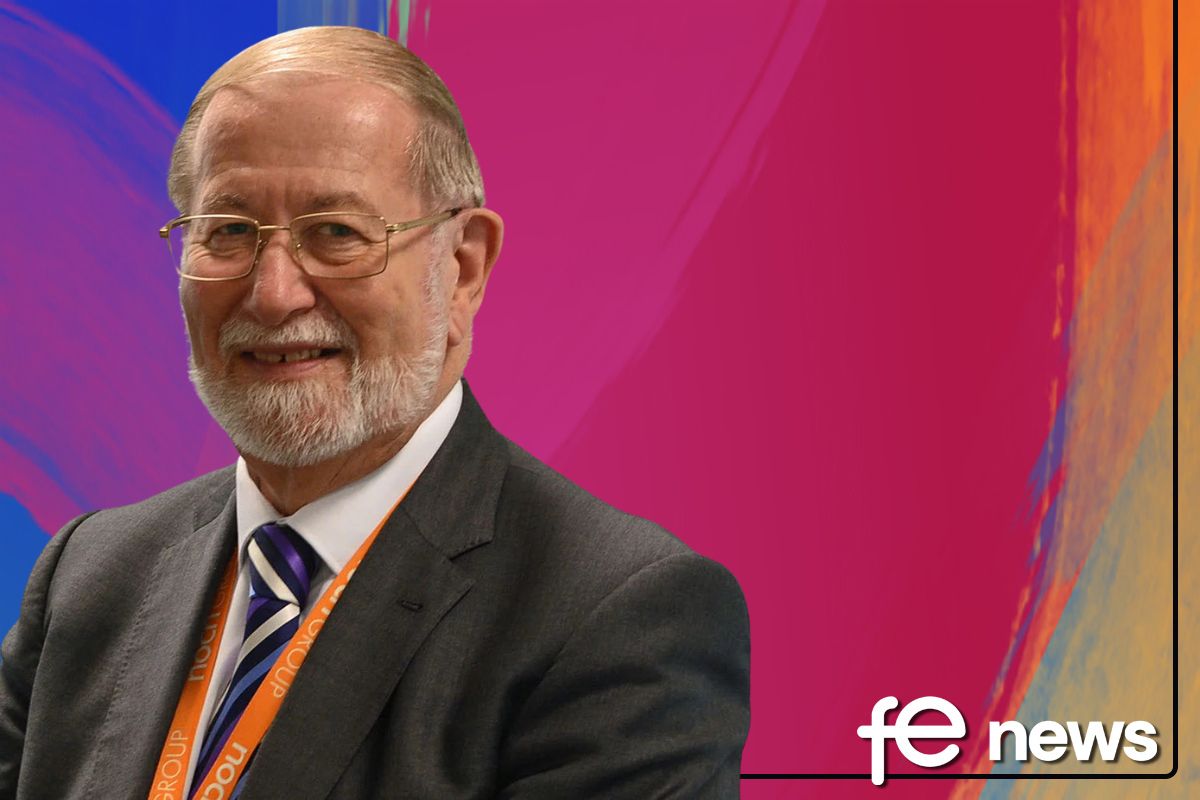
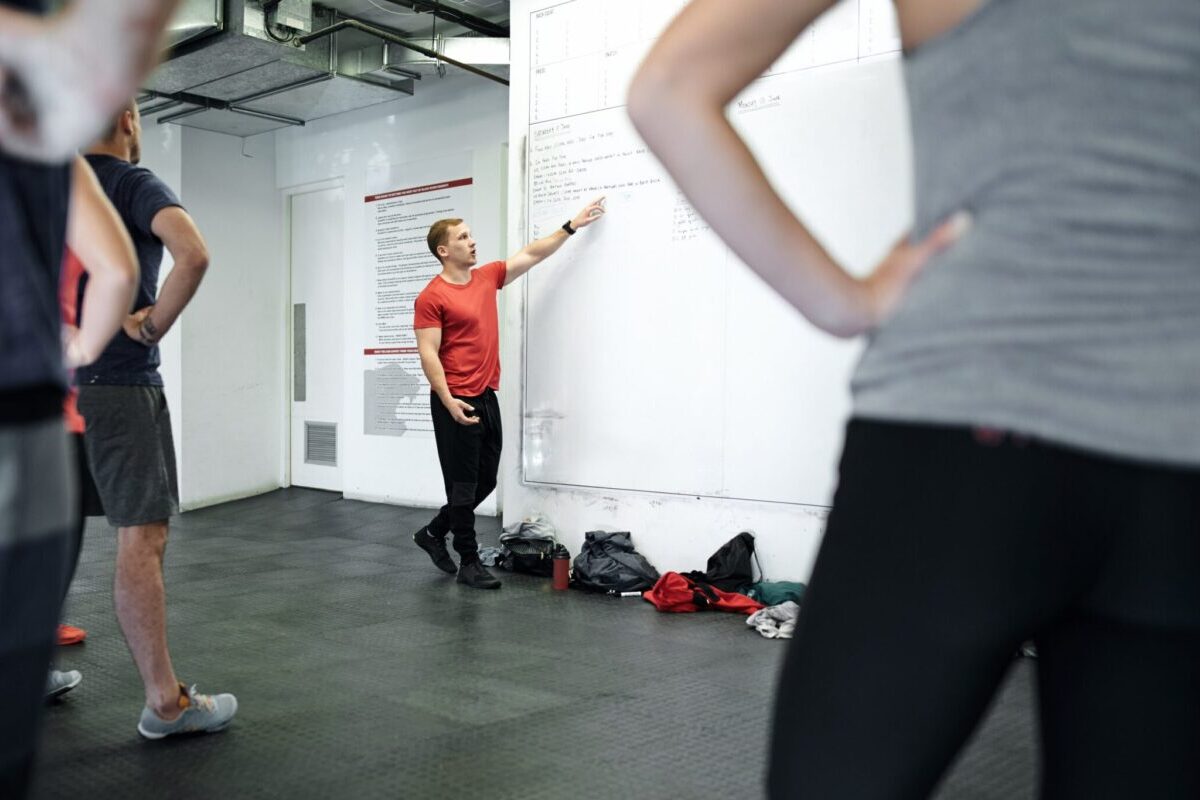




Responses